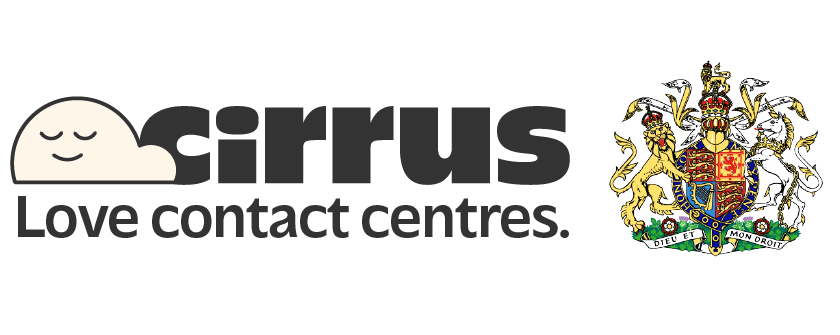What is CX analytics?
CX analytics, short for customer experience analytics, is the process of collecting, analysing, and interpreting customer data to understand how people interact with a business across touchpoints. These insights help organisations improve service quality, identify pain points, and create more meaningful experiences.
Unlike general business analytics, CX analytics focuses specifically on interactions that shape customer perception. It uses real-time and historical data to measure satisfaction, predict behaviour, and guide decisions in marketing, sales, and service.
Why CX analytics matters
In today’s digital environment, customers engage with businesses across various platforms, such as phone, chat, email, web forms, and social media. Understanding what happens across these communication channels is essential for delivering consistent and high-quality experiences.
CX analytics provides:
- A deeper view of customer journeys
- Context around pain points and churn drivers
- Data to prioritise improvements in service and operations
- Insight into what drives loyalty and dissatisfaction
Used effectively, CX analytics leads to exceptional customer experiences that drive long-term retention and brand trust.
Core components of CX analytics
CX analytics draws from various tools and sources. While the technology stack may vary, the key components include:
1. Voice of the customer (VoC) data
Collected from surveys, feedback forms, review platforms, and direct conversations. VoC data helps decode how customers feel and why they feel that way.
2. Interaction analytics
Analyses chat, voice, and email interactions for sentiment, keyword patterns, and escalation triggers. This helps uncover hidden friction in customer service.
3. Journey analytics
Tracks how customers move across digital channels, such as from a support chatbot to a phone call. Identifying drop-off points or repeated contact reasons can guide service improvements.
4. Predictive insights
Some CX analytics tools offer predictive models based on behaviour patterns. This enables proactive engagement and early identification of churn risk.
For instance, predictive signals could help contact centre supervisors identify where agent support is lacking or where long resolution times are causing dissatisfaction.
How CX data analytics supports contact centres
In contact centres, agents and supervisors often rely on performance metrics like first response time, resolution rates, and call volumes. CX data analytics goes a step further by showing how those metrics relate to the overall experience.
It connects the dots between:
- Call duration and customer sentiment
- Channel switches and unresolved issues
- Agent scripts and escalation rates
- Knowledge base usage and satisfaction scores
This level of insight supports workforce optimisation, helping managers train agents, refine workflows, and deploy resources more effectively.
Applications across industries
CX analytics isn’t limited to one sector. It supports both commercial and public service organisations. Here’s how it’s used across different industries:
Retail
Retailers use CX analytics to track customer satisfaction across checkout, delivery, and support. Identifying friction in returns or delay notifications helps avoid lost sales.
Higher education
Universities and colleges use analytics to understand student interactions, from admissions queries to alumni engagement. This helps refine communication strategies and improve student services.
Housing
In housing services, CX data is used to monitor tenant feedback, service request resolution, and billing concerns. Data ensures quicker repairs and clearer communication.
Government and healthcare
CX analytics ensures consistent communication, accessible service, and informed decision-making in high-compliance sectors.
BPOs
For business process outsourcers, analytics help ensure KPIs are met across different clients. Metrics such as call handling time, channel preferences, and escalation trends are critical.
Using CX analytics tools effectively
CX analytics is only useful if the data leads to action. Businesses must align their analytics platforms with internal systems and decision-making processes.
Here’s what successful implementation involves:
1. Integration with CRM systems
Linking analytics with CRM allows customer history, preferences, and recent activity to inform analysis. This results in more personalised insights.
2. Real-time dashboards
Live data helps teams respond to issues quickly. Whether it’s a spike in negative sentiment or an increase in abandoned chats, visibility enables quick fixes.
3. Channel alignment
Analytics must track performance across all channels, including voice, chat, email, and social. A fully omni-channel approach provides consistent insights, no matter where customers interact.
4. Data accessibility
Teams across departments should be able to use CX data, from marketing to operations. This shared visibility breaks silos and drives collaborative problem-solving.
Challenges and solutions
While CX analytics offers great potential, some challenges include:
- Data fragmentation: Information may be scattered across tools. A contact centre solution that brings everything into one dashboard helps reduce this.
- Inconsistent tagging or labelling: If agents log issues differently, analytics may misrepresent trends. Standardised workflows and regular training help ensure accuracy.
- Lack of context: Not all data tells the full story. Pairing numerical data with sentiment and contact history gives more depth.
- Privacy and compliance concerns: Especially in regulated industries, analytics must align with data handling regulations. Secure systems that support accessibility and secure payments offer better control.
Frequently asked questions
What is CX analytics?
It is the practice of collecting and analysing customer interaction data to understand and improve customer experience across service, sales, and support.
What are CX analytics tools used for?
They are used to measure satisfaction, identify pain points, track journey performance, and guide improvements across communication channels.
How does CX analytics help contact centres?
It links operational data with experience trends, giving agents and managers a clearer picture of what’s working and what needs adjustment.
Can small organisations use CX analytics?
Yes. Even small teams benefit from analysing feedback, chat logs, or help desk trends. Simple dashboards can reveal useful insights.
Final thoughts
CX analytics transforms service data into strategic decisions. By connecting the dots between customer feedback, interaction quality, and service performance it helps teams stay proactive and customer focused.
Whether you run a retail store, university contact centre, or housing service line, the ability to measure and act on experience data is a competitive advantage.
To see how CX analytics can be integrated into your support environment, start by reviewing this contact centre platform or request a demo to explore it in practice.
Your Contact Centre, Your Way
This is about you. Your customers, your team, and the service you want to deliver. If you’re ready to take your contact centre from good to extraordinary, get in touch today.


